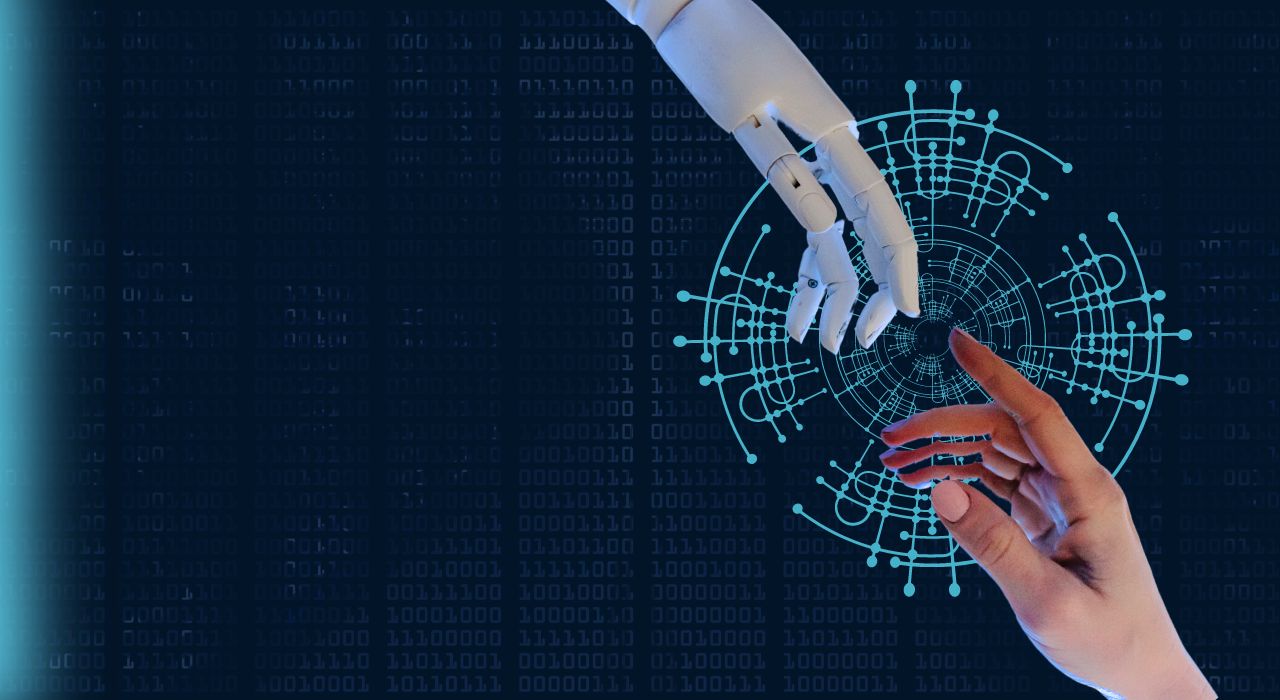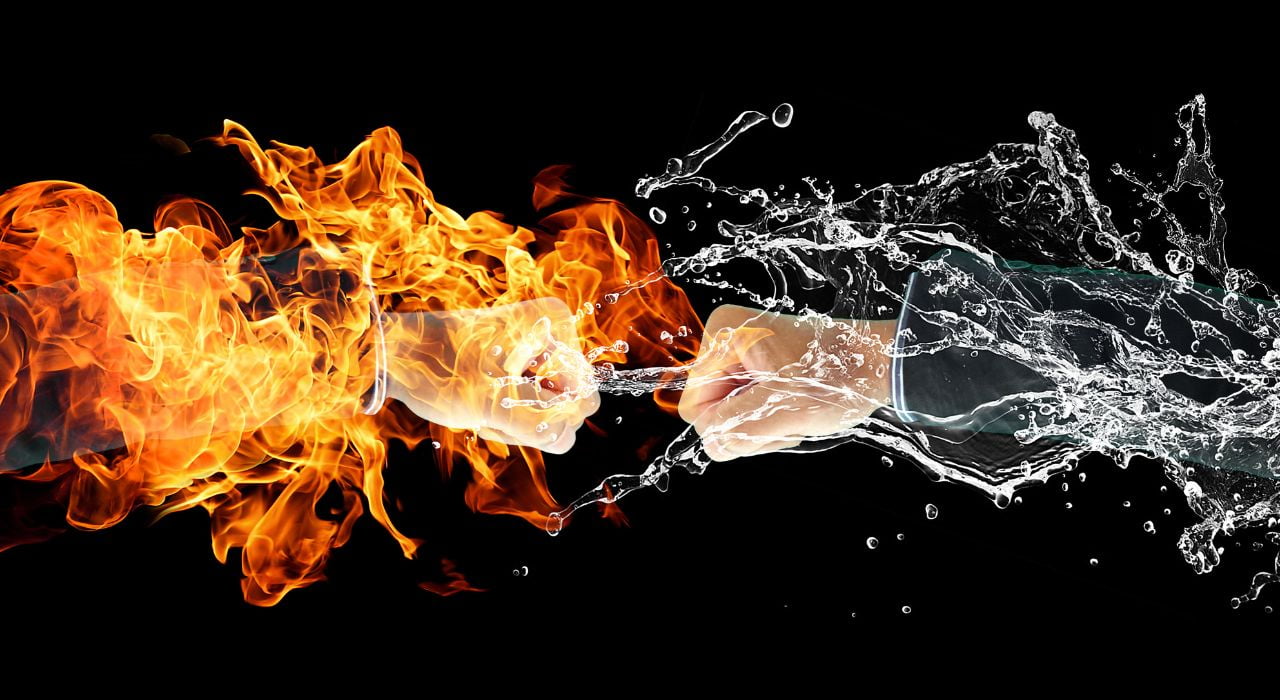Unveiling the Artistic Power of Visual Communication
It is a visually driven world and graphic design has become an integral part of our daily lives
Graphic Design surrounds us, from billboards on busy streets to the logos on our favourite products. But what exactly is graphic design? Is it merely creating beautiful images, or does it involve something more profound? In this blog, we will delve into the essence of graphic design, exploring its purpose, principles, and its ability to shape the way we perceive the world.
The Art of Visual Communication
Graphic design is more than just aesthetically pleasing visuals, it is the art of visual communication. It is the creative process of combining text, images, colours, and typography to convey a message or evoke a specific emotion. Designers leverage their artistic skills and technical expertise to create compelling visuals that capture attention, engage viewers, and communicate effectively.
Purpose and Function
Graphic design serves a multitude of purposes across various industries and sectors. Whether it's designing a brand identity, crafting a user-friendly website, or creating a captivating advertisement, the goal remains the same: to communicate a message clearly and effectively. Design plays a crucial role in marketing, advertising, branding, user experience, editorial design, packaging, and much more.

Elements and Principles of Graphic Design
To create visually appealing and impactful designs, graphic designers rely on a set of fundamental elements and principles of design. These elements include line, shape, colour, texture, space, and typography. By strategically combining these elements, designers can create compositions that are visually balanced, harmonious, and engaging.
The principles of design guide the arrangement and organisation of these elements. They include concepts such as balance, contrast, hierarchy, proximity, alignment, and repetition. Employing these principles allows designers to create designs that are visually pleasing, easy to navigate, and effectively convey the intended message.
Tools and Technologies
Graphic designers utilise a range of tools and technologies to bring their creative ideas to life. Traditional tools such as sketchbooks, pencils, and markers still have their place, but digital tools have revolutionised the field. Software like Adobe Photoshop, Illustrator, and InDesign provide designers with powerful tools for image editing, illustration, and layout design. Additionally, the rise of online design platforms and collaborative tools has made it easier than ever for designers to work remotely and collaborate with clients and team members.
The Evolving Role of Graphic Design
It has always been a dynamic field, constantly evolving to adapt to new technologies, trends, and user expectations. With the emergence of digital media and the increasing importance of online presence, graphic designers now face the challenge of creating designs that are not only visually appealing but also optimised for different digital platforms and devices.
Furthermore, graphic design has expanded beyond traditional mediums to encompass motion graphics, user interface (UI) design, user experience (UX) design, and interactive design. These new areas of specialisation highlight it's ever-expanding role in shaping our digital experiences.
Graphic design is an art form that goes beyond creating beautiful visuals. It is the skilful blend of creativity, communication, and problem-solving. Graphic designers have the power to shape perceptions, evoke emotions, and influence behaviours through their carefully crafted designs. As our world becomes increasingly visual, the role of graphic design continues to grow in importance, touching every aspect of our lives. So, the next time you come across a striking logo, an engaging advertisement, or a well-designed website, take a moment to appreciate the intricate work of graphic design and the impact it has on us.





